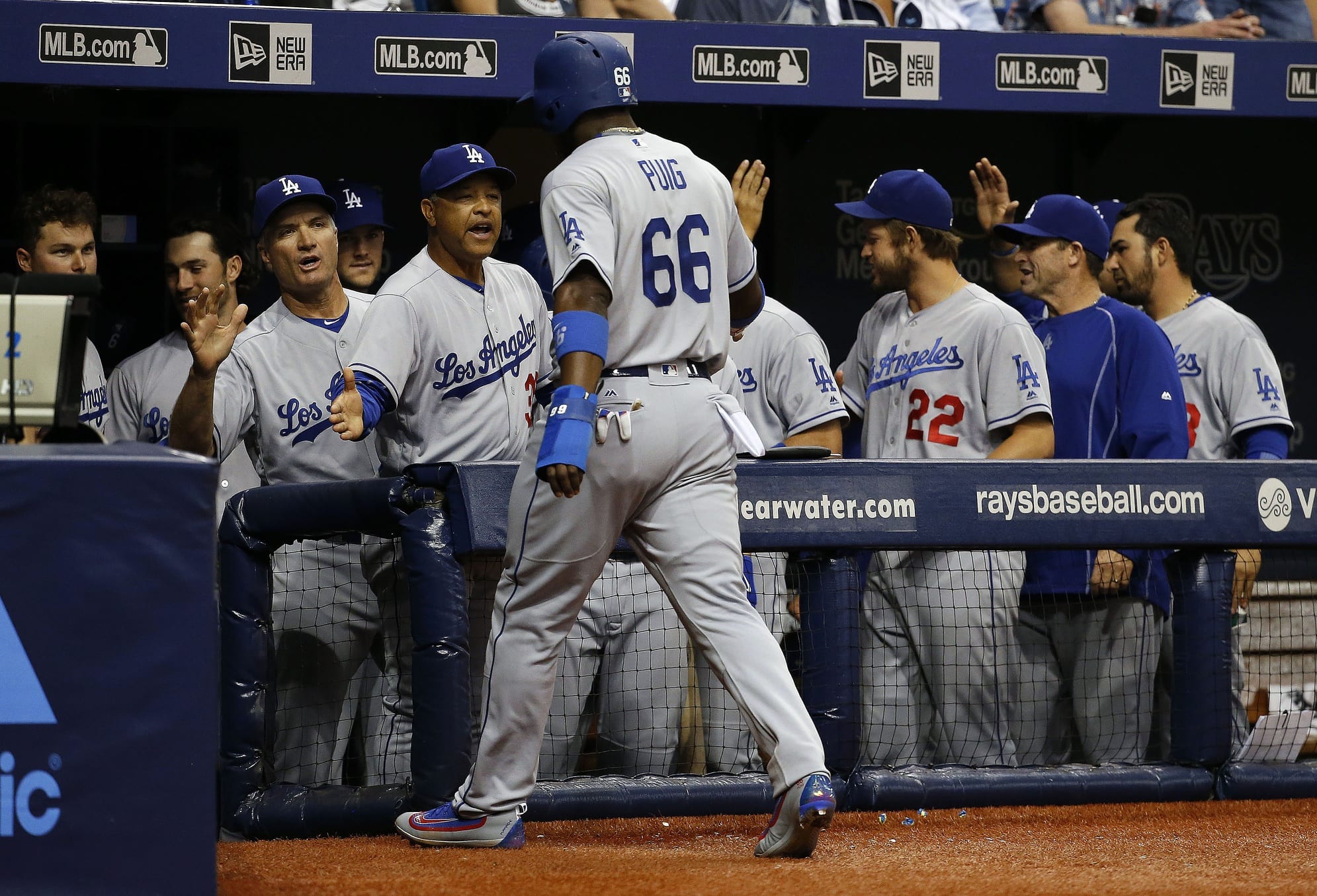Upon signing a three-year, $93 million contract extension with the Los Angeles Dodgers, Clayton Kershaw vowed he would use the offseason to recapture some of his diminished velocity and was motivated to silence his critics.
Kershaw was coming off a third consecutive season in which he required a stint on the injured list because of back trouble, and 2019 also saw the three-time Cy Young Award winner deal with left biceps tendinitis.
Kershaw’s string of back trouble began in 2014, as he was sidelined by a teres major strain after starting the season-opener in Australia. While he had grand visions of returning to his elite self, Spring Training brought about a different set of circumstances.
Shoulder trouble twice required Kershaw to twice be shut down and led to his streak of consecutive Opening Day starts being snapped. He began the season on the 10-day injured list but has remained healthy since returning.
In reflecting on the spring, Kershaw admitted the injury brought about plenty of unrest at the time, via Bill Plunkett of the Southern California News Group:
“I was nervous in spring. For sure. I was nervous,” Kershaw says now, the three-time Cy Young Award winner hesitant as always to admit to any vulnerability. “I didn’t know how to fix it. I didn’t know how to fix the problem. There wasn’t a clear, ‘Hey, do this and you’re going to fix the problem.’
“If you would have said, ‘You’re going to feel great the whole year after it,’ I might have believed you. But that spring training was tough, for sure.”
As Kershaw and the Dodgers remained vague on his symptoms, treatment and plan moving forward, pitching coach Rick Honeycutt inadvertently shed insight on the injury being in the shoulder, and specifically the “joint.”
Honeycutt had been limited to watching film of pitchers from home as he recovered from back surgery. “I actually kind of had a premonition after he threw live, I just wanted to make sure where he was at that day,” Honeycutt said upon reporting to Camelback Ranch.
“He didn’t sound great that day, so I felt like something was just hopefully not right that day. I feel extremely bad that I wasn’t here to go through that part but I did talk with him. Hopefully, the medication he’s on and stuff helps, I know it’s a very frustrating time for him.
“You want Spring Training to be as positive as possible so you want things to keep progressing and I knew there would be valleys in his progression. He just wanted it to be positive.”
Any positivity lost during camp has more than been made up for in the regular season. Entering Tuesday’s start against the Toronto Blue Jays, Kershaw has completed at least six innings in each of his 21 outings.
What he may lack in velocity has been offset by a slider with improved break when compared to last season, and a still-effective curveball.
The Dodgers have further continued to provide Kershaw — and others in the rotation — with additional rest whenever possible. Of course, the strategy isn’t necessarily an approach the 31-year-old advocates for, but he’s willing to accept it with the bigger picture in mind.








